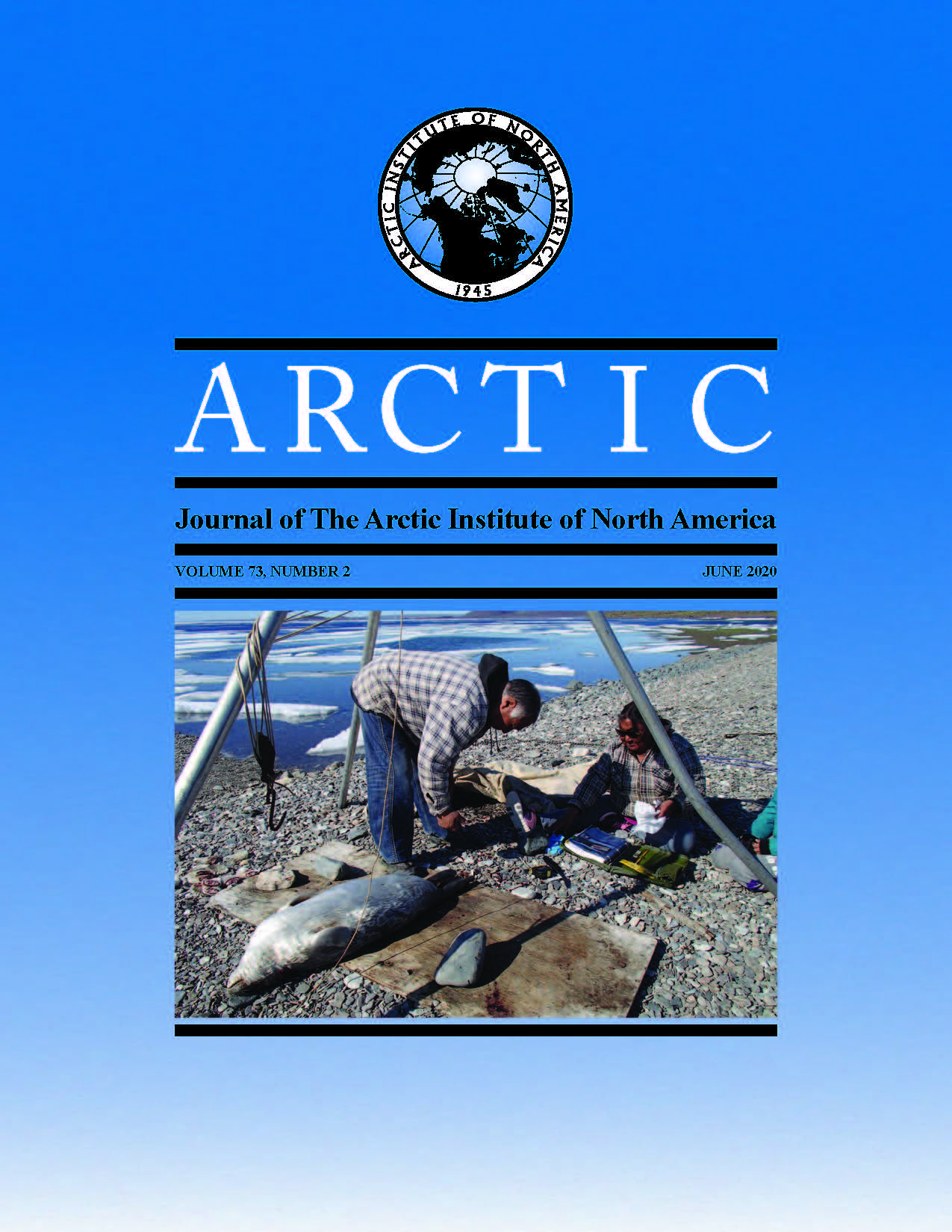Analysis of Impact Assessment Practice and Mitigation for Shipping Activity in the Eastern Canadian Arctic
DOI:
https://doi.org/10.14430/arctic70471Keywords:
impact assessment; marine environments; Arctic shipping; mitigation; Nunavut Settlement AreaAbstract
Marine traffic is increasing in the Canadian Arctic, largely because of changing ice conditions, a growing tourism industry, and natural resource extraction. Impact assessment (IA) is a primary instrument for managing the impacts of project development in the Arctic, but there has been limited analysis of the scope and application of IA for identifying and managing the impacts of shipping. This paper examines the impacts of shipping activity associated with mining projects in the eastern Canadian Arctic, including barge traffic and resupply vessels; the mitigation actions commonly prescribed in IA; and the key IA challenges facing decision-makers. Results show 71 impacts that may be considered common to IA applications for shipping, for which the mitigation strategies rely heavily on compliance-based measures and “best” practices to either minimize or avoid impacts, supported by follow-up programs that provide for adaptation of mitigation based on monitoring results. However, results also illustrate concerns over the ability of IA to effectively manage the cumulative effects of increasing Arctic marine traffic. Only a minority of projects involving marine transport trigger IA, even though other types of marine traffic, such as tourism, may generate similar types of impacts. The common impacts and mitigation solutions identified in this research and the lessons from monitoring can inform future IAs for shipping, improve permitting processes for shipping activities that do not require IA, and provide a foundation for a more regional or sector-wide approach to identifying and mitigating the cumulative effects of increasing vessel traffic.


